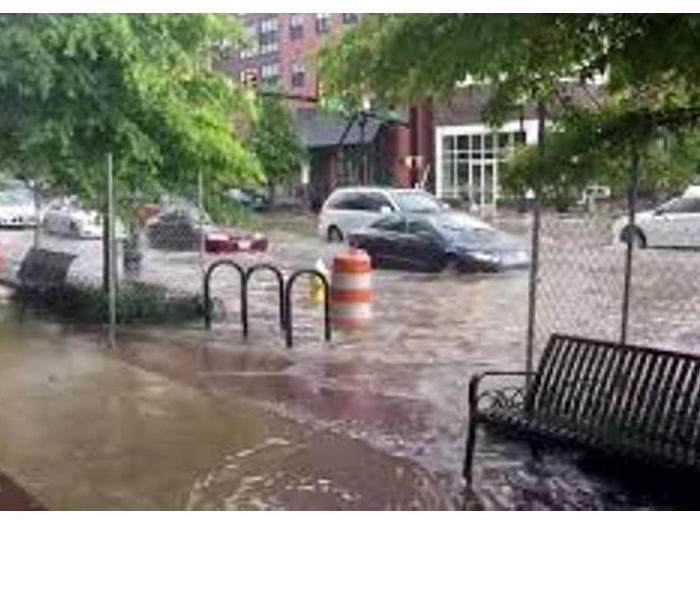Safety Tips in the Aftermath of a flood
7/2/2020 (Permalink)
If a flood has struck your area , it’s best to avoid driving altogether and stay somewhere dry. However, if you have travel obligations that require you to be out on the roads, it’s crucial to be smart about your traveling habits and to steer clear of a flooded street or any other inundated area. Here are some helpful tips for traveling safely in the aftermath of a flood.
Move Away From Low-Lying Areas
Generally speaking, low-lying areas are significantly more vulnerable to flooding than higher ground. This is because water typically flows from higher ground to lower ground, causing low-lying areas to be the most severely affected. If you’re stuck in a low area during a flood, be sure to do the following:
? Move to higher ground immediately
? Stay in place while waiting for help to arrive
? Contact emergency services
While it’s ideal to stick to higher ground when traveling, you may inevitably find yourself in a situation where you’re trapped in a low-lying area. Make sure to use common sense and call for help as soon as possible.
Don’t Drive in Floodwater
If you have to drive in an area that has been targeted by a flood, be sure to avoid driving directly down a flooded street. Even if the water in front of you doesn’t seem particularly deep, floodwater is often deeper than it appears. Your car may leave you stranded in as little as six inches of water, so always turn around if you have doubts about your ability to navigate flooded roads.






 24/7 Emergency Service
24/7 Emergency Service